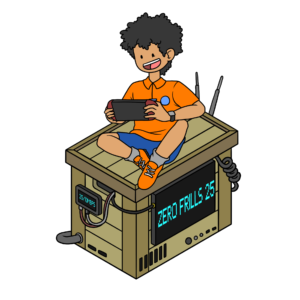
NBN Connection Types
Fibre to the Curb (FTTC)
Fibre optic cable runs closer to the premises, typically to a telecommunications pit on the street, with copper wiring connecting the final distance.
Faster and more reliable than FTTN due to shorter copper connections.
NBN Connection Device:
A small modem-like device provided by NBN works as an interface inside the premises to manage the signal over the copper line. It enables a VDSL2 signal to communicate with NBN equipment in the pit (where fibre ends and copper begins).
Fibre to the Building (FTTB)
Common in multi-dwelling units (e.g., apartments).
Fibre optic cable runs to a shared point in the building, and internal wiring distributes the connection to individual units.
Similar to FTTN: No dedicated NBN-supplied device at the premises.
Requires a VDSL2-compatible modem-router, usually supplied by your ISP.
Hybrid Fibre-Coaxial (HFC)
Uses existing pay-TV coaxial cable networks combined with fibre optic infrastructure.
Widely used in urban areas and supports high speeds.
NBN Connection Box:
A modem-like device provided by NBN Co that connects to the coaxial cable and outputs an Ethernet connection for your router.
Fibre to the Premises (FTTP)
A fiber optic cable runs directly to the premises.
Offers the highest speeds and reliability among all NBN technologies.
Network Termination Device (NTD):
A wall-mounted device inside the premises where the fibre optic cable terminates. It provides Ethernet ports to connect to your router.
Optional Battery Backup Unit (for older installations):
Ensures phone service during a power outage (being phased out).
Fixed Wireless
Internet is delivered via radio signals from a tower to a rooftop antenna at the premises.
Speed and reliability can be affected by distance from the tower, weather, and obstructions.
Outdoor Antenna (Fixed Wireless Dish):
Installed on the roof or an external wall, this connects to the NBN wireless tower.
NBN Connection Box:
Installed inside the premises, it connects to the antenna and provides an Ethernet port for your router.
Here’s $10 just to sign up today!
Enter FREEMONEY at the CHECKOUT to get $10 off your first month with 10MATES! Easy huh?! Go on, do it, you won’t regret it












Want access to our members only section?
Get in touch with our team today to find out how you can qualify for access to a range of member only benefits!
Click this icon in the bottom right corner to start a chat!
